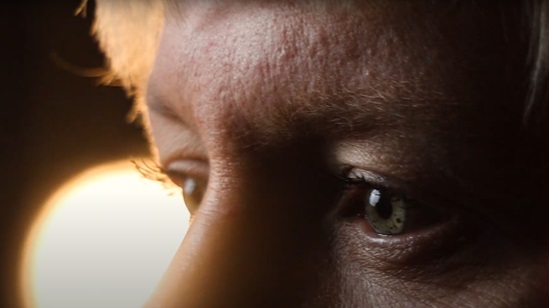
Special Initiative on Violence against Women and Girls
Time to act
The Special Initiative on Violence against Women and Girls (SIVAWG) is a call to action for Member States of the WHO European Region to ensure that the health sector responds to the physical and mental health needs of women and girls experiencing violence.
Recognizing this as a serious public health issue, and in line with the Global Plan of Action and the Strategy on Women’s Health and Well-being in the WHO European Region, WHO/Europe is making violence against women and girls one of its top priorities for 2025–2030.
The objective is three-fold: to increase sustainable investment in effective health sector prevention and response, to build the capacity of health workers and policy-makers, and to enhance the role of the health sector in multisectoral policies.
Through the initiative – at the core of the second European Programme of Work 2026–2030, WHO commits to assisting countries in making sure their health systems are better equipped to protect women and girls from gender-based violence by focusing on:
- research and evidence: to document the magnitude of violence, its risk factors and consequences, and identify effective interventions for prevention and response;
- dissemination of guidelines and tools: to set norms and standards for an effective health response to violence against women and girls;
- capacity-building: to equip health-care providers to strengthen health systems in prevention and response;
- advocacy and partnerships:
- to strengthen leadership in health systems and build political will to address the issue head on;
- to increase sustainable investment in effective health sector violence prevention and response strategies to eliminate violence against women and girls;
- to increase the role of the health sector in multisectoral policies designed to prevent and respond to gender-based violence.
As global custodian of Sustainable Development Goal 5.2 – to eliminate violence against women and girls, WHO plays a critical role in preventing and responding to violence, including monitoring global and regional trends and supporting Member States with evidence-based policy and technical guidance to prevent and respond to violence against women and girls through the health sector.
Related health topics
Related activities
Violence against women and girls: a public health crisis
Violence against women and girls is a human rights violation as well as a public health crisis. |
In the WHO European Region, 26% of women aged 15–49 years old have experienced intimate partner violence and/or sexual violence in their lifetime. |
The health impacts of sexual and intimate partner violence can be life-threatening and life-long. |
Women and girls subjected to violence suffer a range of sexual, reproductive, psychological and other health problems, including injuries and disabilities. |
Violence prevents women and girls from reaching their full potential. |
It prevents progress on gender equality, and has a ripple effect throughout society, with vast social and economic costs and intergenerational impacts on children. |
|
Health-care providers are often the first point of professional contact for survivors of violence. |
|
Providing lifesaving health care and connecting survivors to other multisectoral services. |
Document






